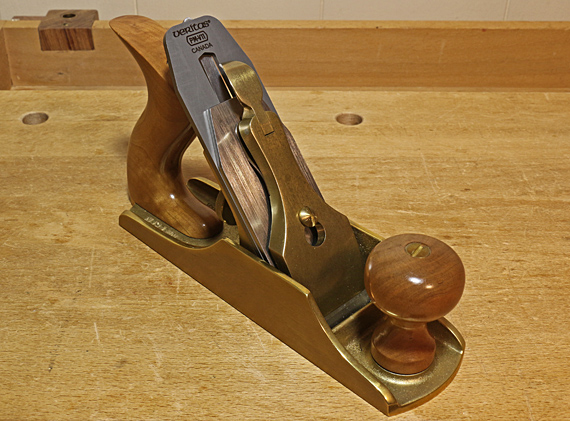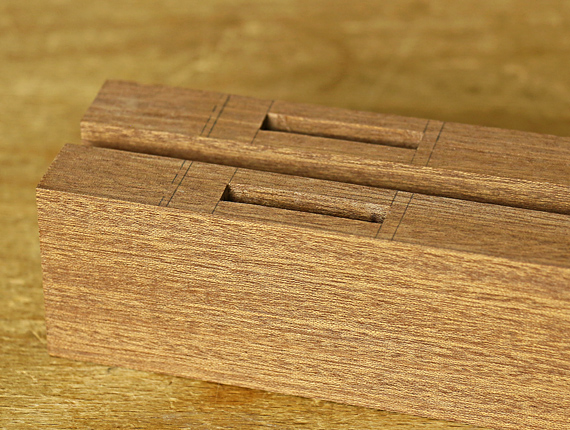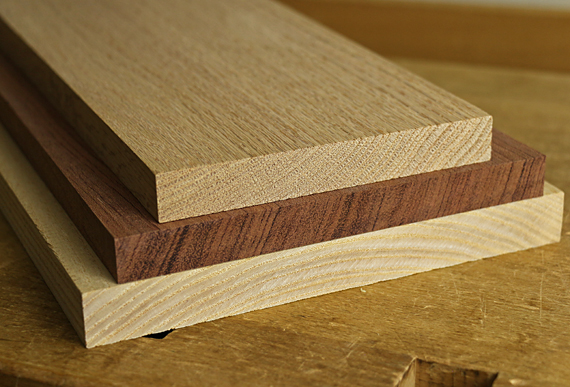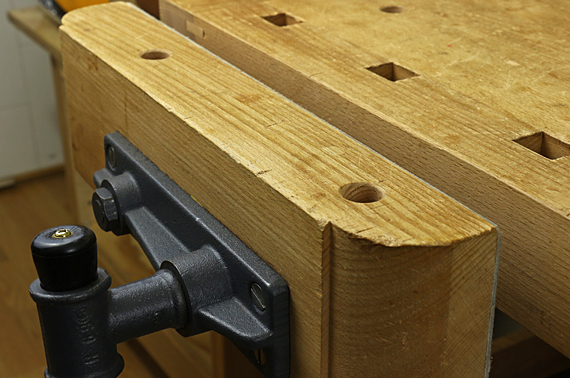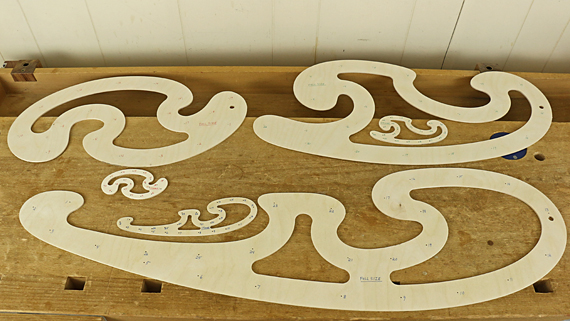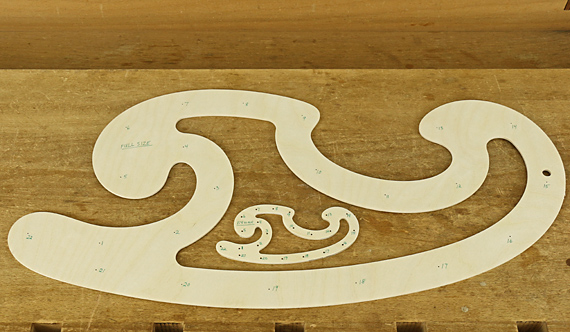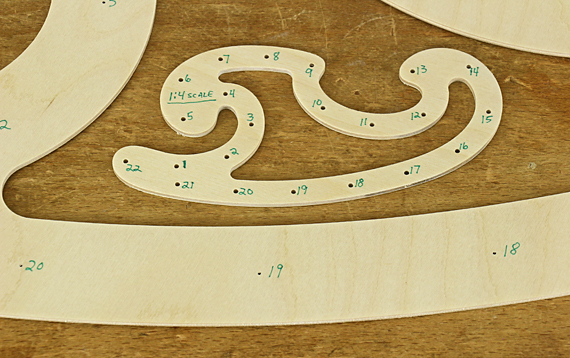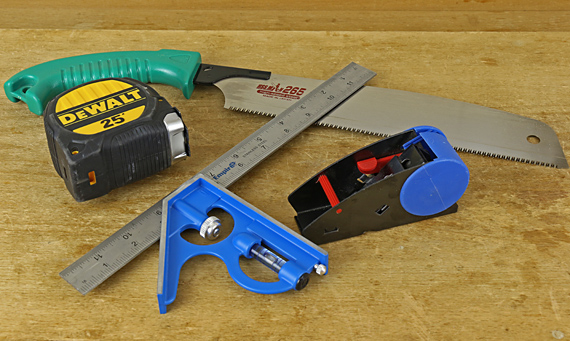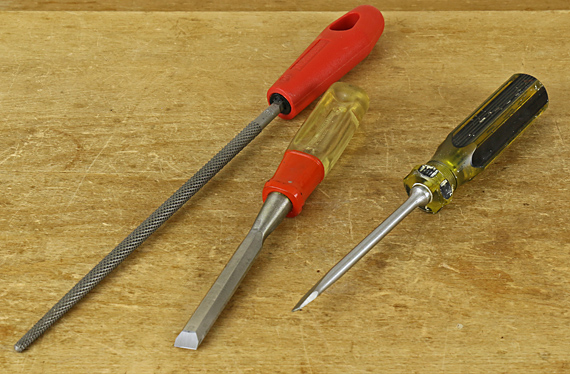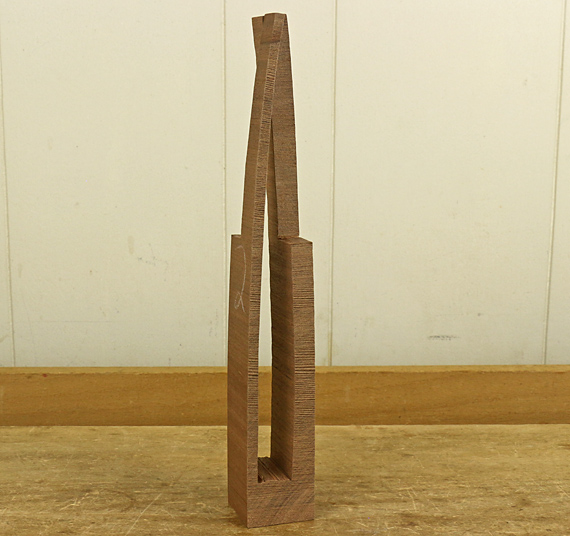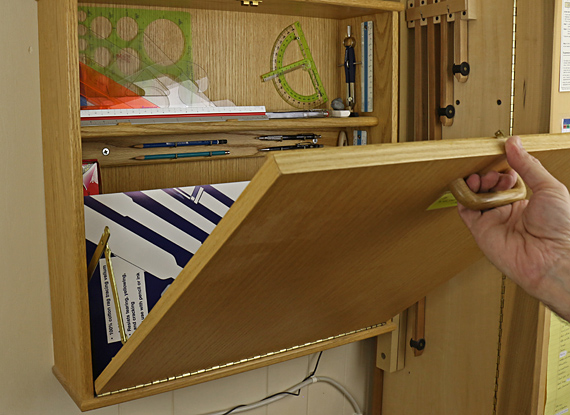
Disclaimer: Or what they do tell you but you might not notice.
I do not think I am much of a designer. I suppose that I am more of a composer, but certainly a woodworker. Metaphorically, I arrange the flowers but I do not breed and grow the blossoms. I might come up with a truly novel theme but I don’t count on that. I can recognize raw visual talent in others and their work but for as me, as Dirty Harry advised, “Man’s got to know his limitations.”
Anyway, looking at the body of work of most outstanding designers, there are typically just a few big ideas, maybe only one. The dedicated designer/artist/designer-craftsperson usually has to ride an idea for a long time through many iterations and refinements to bring it to full fruition.
If you default to making things only from plans, or making only reproduction work, or everything you make looks “Shaker” because you think you cannot come up with a decent idea of your own, think again and give it a try. Please, this is not in any way to disparage plans, reproductions, or Shaker! They are all wonderful endeavors if you choose them. However, I do think that many woodworkers gravitate to them just because they are intimidated to try their ideas and designs.
What “they don’t tell you” is that you can credibly venture into your own ideas.
Your idea does not have to be great, grand, original (are any truly original?), or even fully formed. Maybe you will rework or build upon other ideas. We can call that “borrowing” if you like. For example, in my work, I have repeatedly borrowed (and reworked) elements of the Japanese torii gate motif.
If you are inclined to take this route, I encourage you to give it a try. In the words of “woodworker” Sam Maloof, “You just have to try; you have to use your imagination.”
